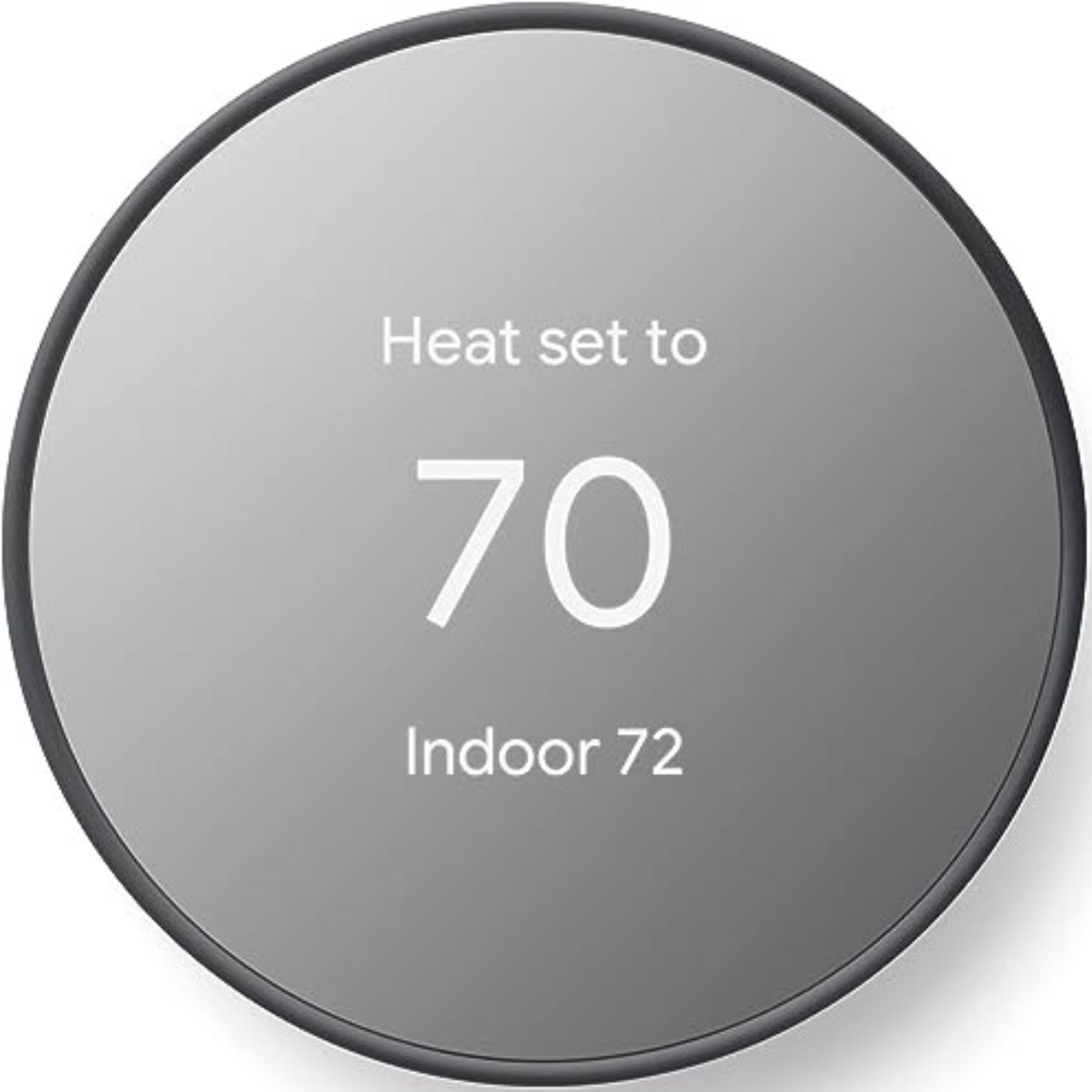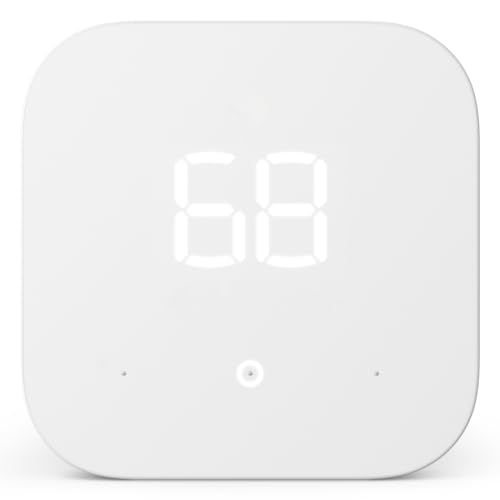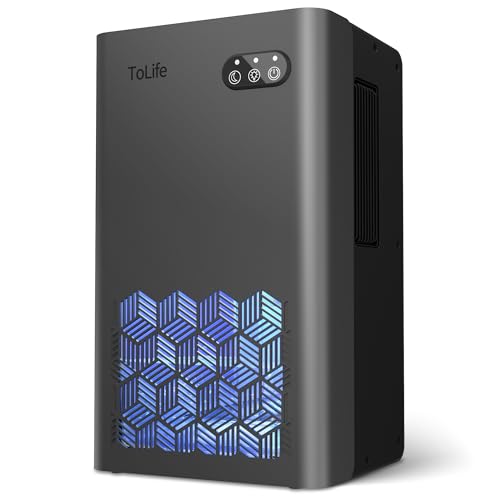This is the 'goldilocks' temperature for your thermostat this winter – according to HVAC pros
Setting your thermostat to this setting will keep you warm without breaking the bank, experts assure


The temperature setting on the thermostat can be the cause of several arguments over the winter months. Everyone seems to have a different opinion on the best temperature for a thermostat in winter. After all, if you set it too low your home becomes cold and uninviting, but if you set it too high, then energy bills can shoot through the roof.
While the ideal temperature can sometimes vary depending on whether you're at home or away and the severity of the weather outside, HVAC pros have declared a general 'goldilocks' temperature that helps keep you comfortable without breaking the bank.
Here is what to do if you want to keep a home warm all day without overworking your heating system.
The best temperature for a thermostat in winter
One of the most common thermostat mistakes is setting it too high. Turning this temperature up may make your home a little warmer, but it is often more expensive than it is worth. Anthony Carrino, celebrity home renovator at Trane Residential says for maximum efficiency, you only need to set it to around 68°F (20°C).
He explains, ‘While each home is different (based on the age of the home, the size, and location), this is often considered the best temperature to set your thermostat at during winter to save money at home and lower heating costs, while also keeping your home comfortable.'
This is also the minimum recommended temperature set by the National Institute on Aging to protect the health of young children and the elderly, as well as those with preexisting health conditions such as diabetes, thyroid problems, or arthritis, amongst others.

While this may seem low, 68°F has been proven to strike that careful balance between comfort and energy consumption, continues Andrei Jablokow, home inspector at WIN Home Inspection. Any lower, he says, and the homeowner of course can cut their energy bills, but their home will be cold and at risk of moisture issues such as mold and condensation – even with the best dehumidifiers. Set your thermostat higher and you may make a home cozy for fall, but you will be spending exorbitant amounts on bills unnecessarily.
Design expertise in your inbox – from inspiring decorating ideas and beautiful celebrity homes to practical gardening advice and shopping round-ups.
Setting your thermostat to a consistent temperature in winter will also curb condensation, mold and mildew in your home, without having a significant impact on your energy bills.
All prices correct at time of publication.
The energy-efficiency experts at Grant Store note that this is a slightly higher temperature than the temperature to set your thermostat when on winter vacation.
They say, 'Lowering your thermostat by just a few degrees, particularly when you’re away from home, can lead to substantial energy savings. Many people don’t realize that even a small reduction in temperature can reduce heating bills by five to 15% annually. This simple adjustment not only helps you save money but also reduces the overall energy consumption of your household.'
Checking your home and attic insulation are up to standard and insulating pipes will also help you to reap more benefits from your heating for less, and reduce how high you need to turn up your thermostat before you start to feel the heat.
How to set your thermostat

How you set your thermostat will depend on the type you have. A standard dial thermostat requires turning until the temperature you require lines up with the markation on the device. A digital thermostat likewise only needs to be adjusted by pressing the up and down arrow buttons on the device. Be sure to consult the manual if there are other settings on your thermostat you are not sure about.
When managing your heating in winter, installing a smart thermostat is the smartest way to keep your home warm this winter. They allow you to monitor your heating and program it to come on when the temperature in your home drops too low, adds the energy experts at Grant Store. These handy devices also mean you won't have to keep your heating on overnight, helping to make your heating more efficient.
They explain, 'Smart technology is transforming the way we manage energy in our homes, offering unprecedented control and efficiency. With smart thermostats, you can adjust the temperature remotely, ensuring your heating and cooling systems operate only when needed. Smart meters and AI-driven energy management systems allow you to monitor and optimize your energy use, making it easier to identify and reduce waste.'
Anthony Carrino, the expert home renovator adds, ‘Having a smart thermostat is a game changer and is something that I recommend to all of my clients, as it will learn your lifestyle patterns and automatically optimize the temperature for maximum efficiency and energy conservation. They can also integrate seamlessly with other smart home appliances, granting you unparalleled control over your living space for greater savings.'

With customizable routines that conserve energy when you’re away and daily energy reports, you can create a greener home and reduce your energy costs with this smart thermostat.

This smart thermostat works with both heating and cooling systems for greater temperature control year round.

Compatible with Alexa and Ring security, this smart thermostat is perfect for integrating into existing smart home set ups.
Of course, it also helps to try methods to keep your home warm without turning up the heat when trying to be smart about your energy usage in winter. Small changes such as draft proofing and using thermal curtains and floor coverings to block heat loss through windows and floors can go a long way in maintaining a consistent temperature in your home for longer.

Chiana has been at Homes & Gardens for two years and is our resident 'queen' of non-toxic living. She spends most of her time producing content for the Solved section of the website, helping readers get the most out of their homes through clever decluttering, cleaning, and tidying tips. She was named one of Fixr's top home improvement journalists in 2024.
